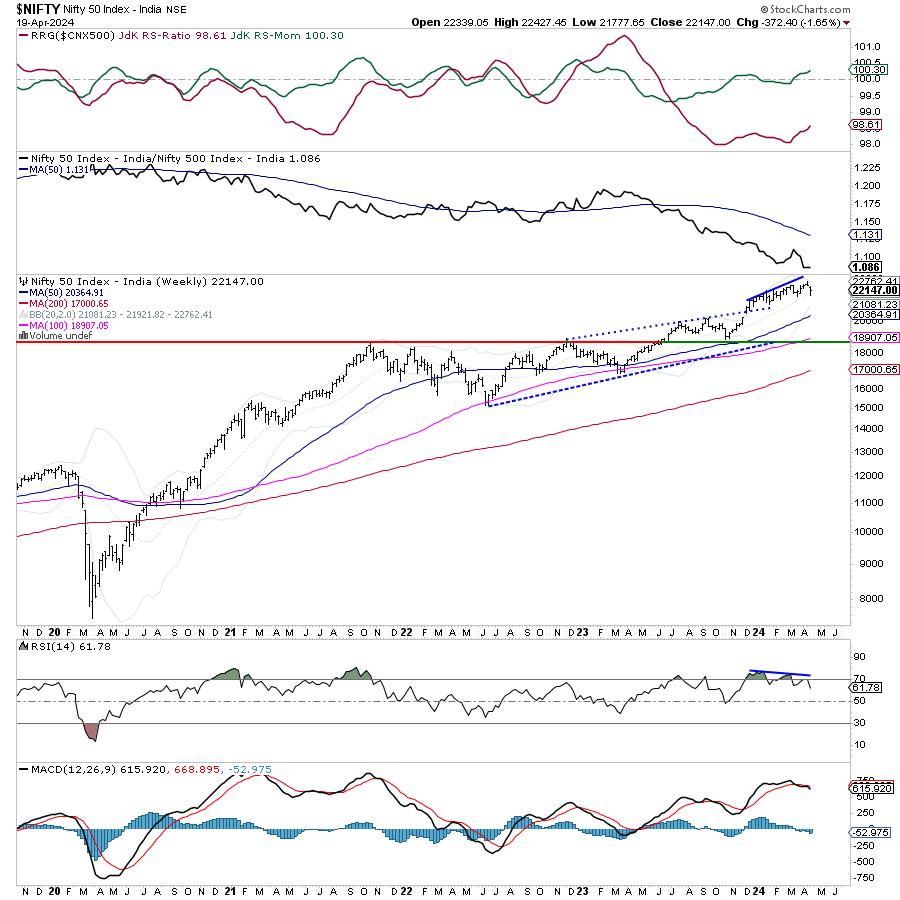How PCE Inflation Data Affects Interest Rates

The highly anticipated Personal Consumption Expenditures (PCE) index was released Friday, and the results were exactly as economists expected.
PCE, the Fed’s preferred inflation indicator when setting interest rates, rose 2.7% in April compared to the same period last year. This was similar to the increase in March and in line with economists’ predictions.
The month-on-month increase in April was 0.3%, unchanged from the previous month and in line with expectations.
Good news for key inflation measures
Broad inflation rates were unchanged in April, but the PCE index was one major indicator that declined last month.
PCE, excluding food and energy, rose only 0.2% in April compared to the previous month, down from 0.3% the previous month. In fact, the 0.2% growth rate is the lowest growth rate since December. In other words, food prices actually fell 0.2% during the month, while energy prices rose 1.2%.
Real PCE, which focuses on the amount spent on goods and services, fell 0.1% in April, with prices for goods falling 0.4% and prices for services rising 0.1%.
Within commodities, gasoline and other energy products, including automotive fuels, lubricants and fluids, saw the biggest declines. Recreational items and vehicles; and other non-durable goods. In the service sector, the healthcare sector increased the most.
Disposable income rose 0.2% in April from 0.5% in March, according to a report from the Bureau of Economic Analysis. The personal savings rate was also unchanged from March at 3.6%.
What this means for interest rates and markets
As mentioned earlier, PCE is the main inflation indicator that the Federal Open Market Committee (FOMC) uses to determine the path of interest rates. This data therefore has broader implications for the economy and markets.
With overall PCE remaining the same, inflation as measured by PCE excluding food and energy slowing, and real PCE declining, this report should be viewed as a net positive for those hoping the Fed will raise rates soon.
New York Federal Reserve President John Williams, a member of the FOMC, offered additional hope Thursday while speaking at an event in New York.
“Over time, we expect inflation to ease again in the second half of the year as the economy becomes more balanced and global inflationary pressures ease as disinflation occurs in other countries,” Williams said.
He also expected the PCE inflation rate to rise to 2.5% this year and then approach the Fed’s 2% target for 2025.
“Economic forecasts predict GDP growth this year will be between 2% and 2.5%. The unemployment rate is expected to be around 4% by the end of this year, and then gradually decline to 3.75% over the long term. “As growth in economic activity gradually slows and the balance between supply and demand continues to improve, overall PCE inflation is expected to ease to around 2.5% this year and closer to 2% next year,” Williams said.
Markets were mixed Friday morning, with the S&P 500, Dow Jones Industrial Average and Russell 2000 rising slightly and the Nasdaq Composite falling slightly.


